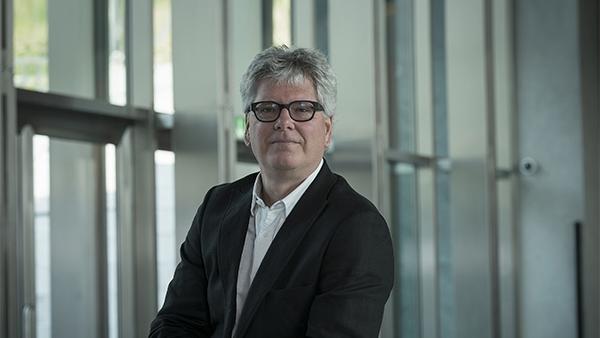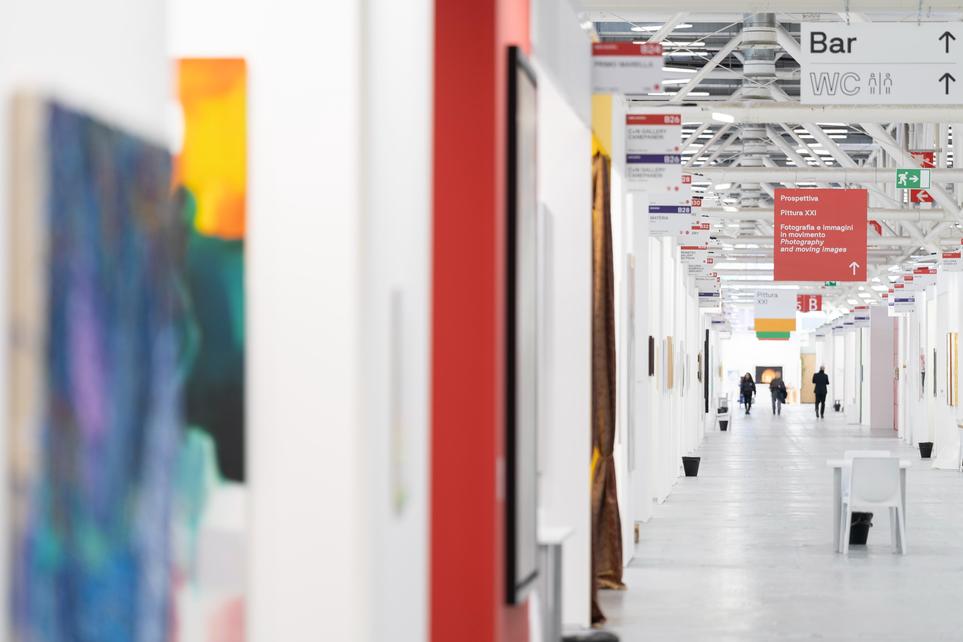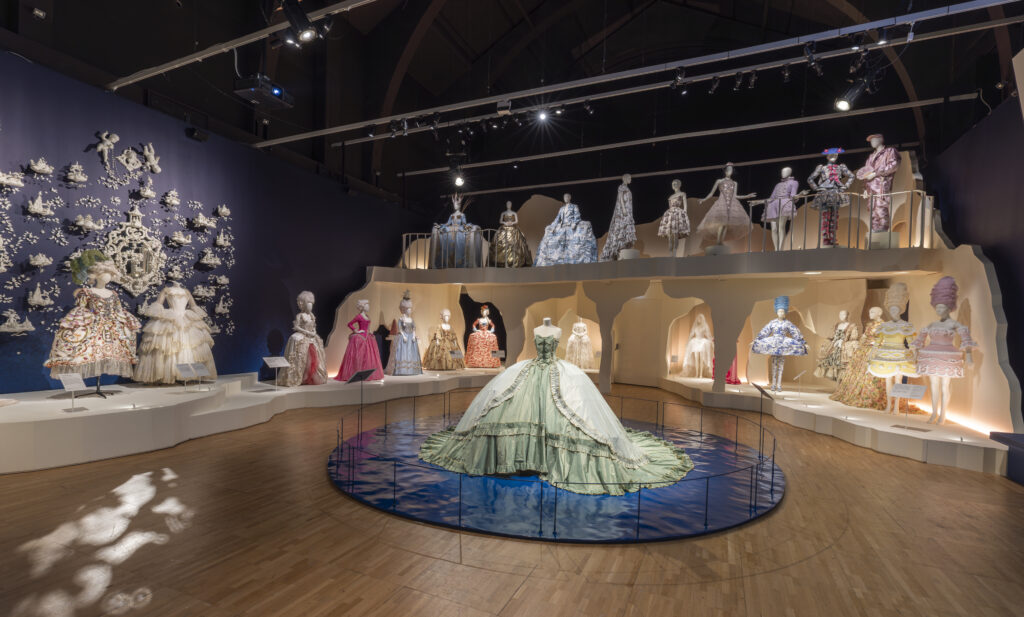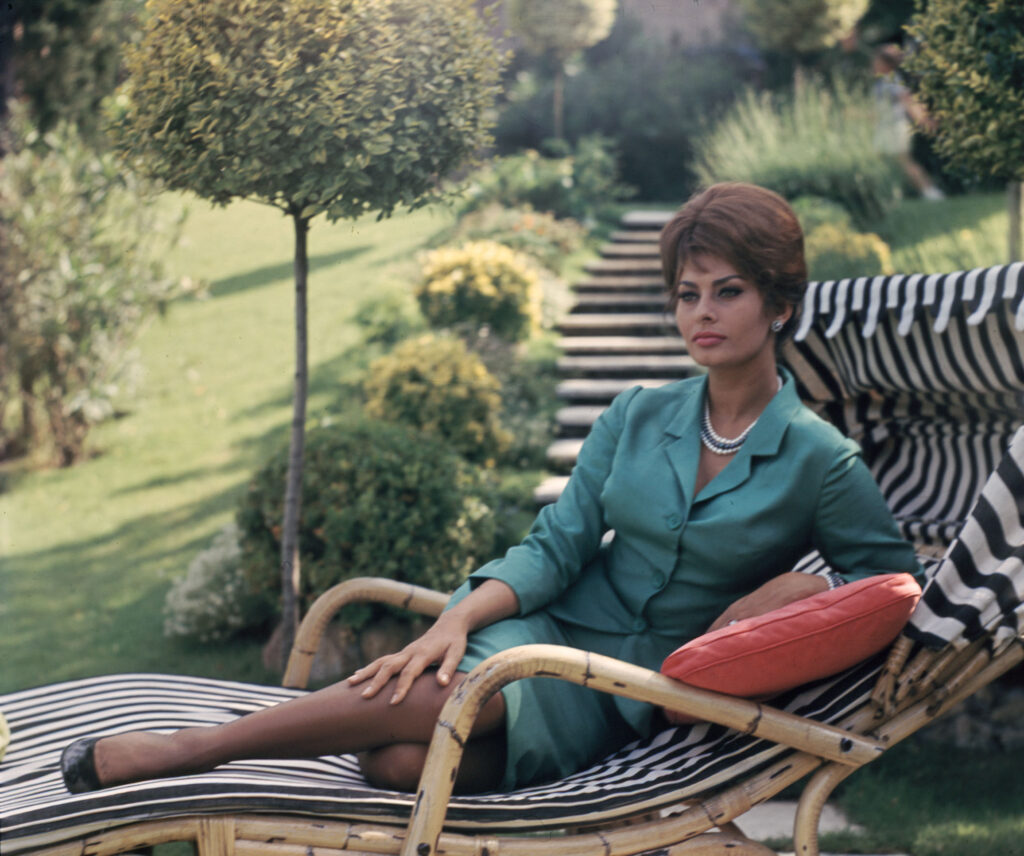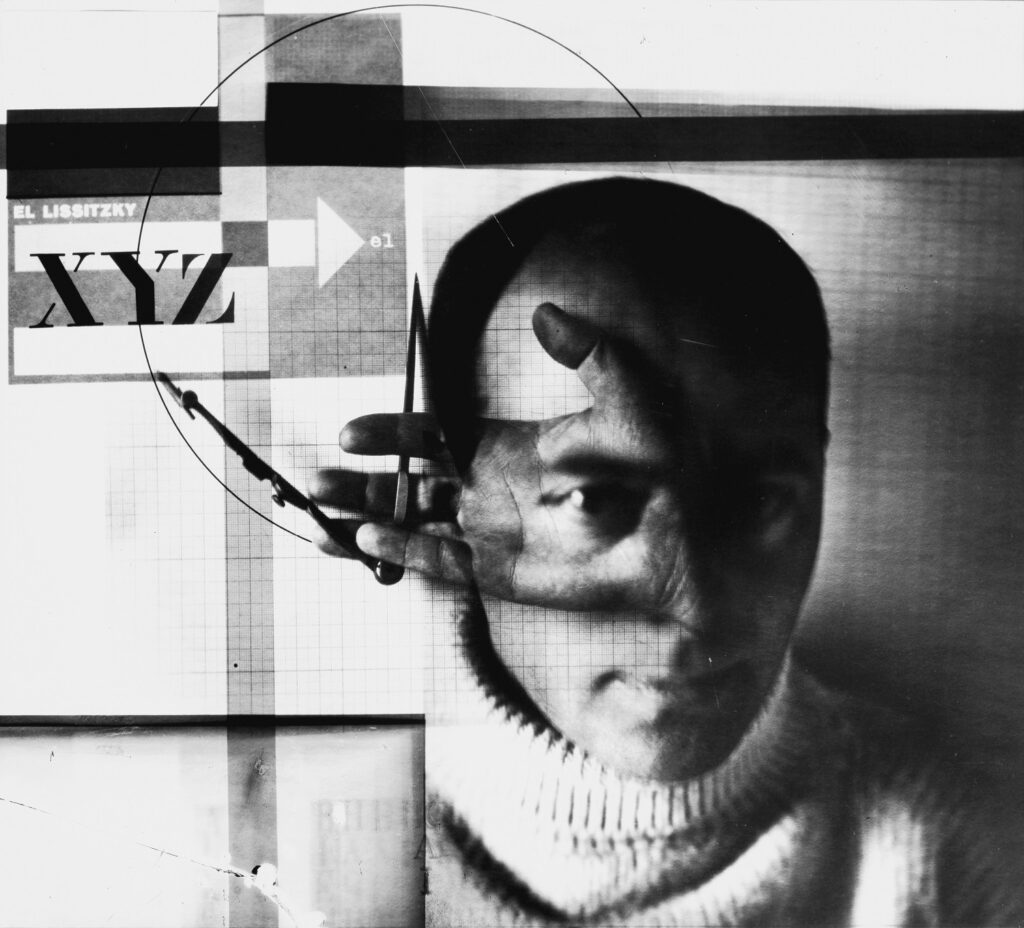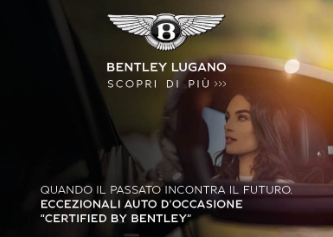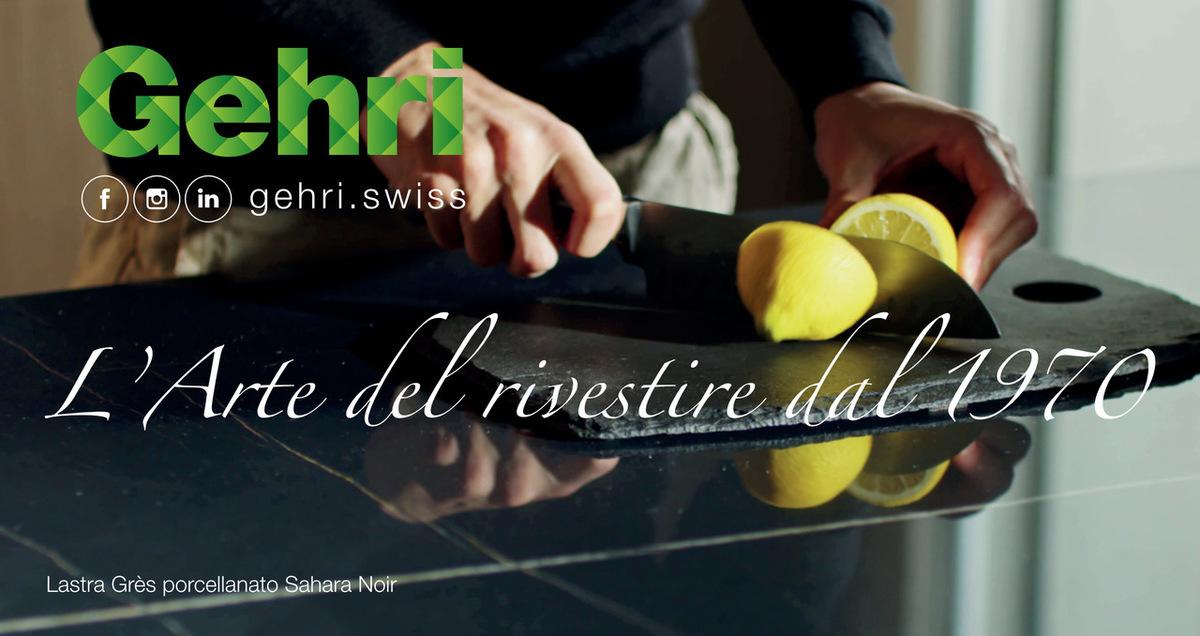Looking back over these initial months, what has been the outcome in terms of the programme and public participation?
«We are now collecting all the data to edit the report of the first year of activity. Initial numbers confirm my general impression: it is quite impressive what LAC has achieved in just one year. In September I will present it to the municipality and subsequently share the report publicly. But we don’t need to wait for the final numbers to perceive the success. In fact, my impression is based on solid input. Most concerts saw full houses, dance shows enjoyed great public enthusiasm, and the museum and theatre offerings are doing very well. Besides this, it is not just a question of numbers. Our “educational” program LAC edu which targets schools, young people and families, provided thousands of great experiences and is successful in many ways and the qualitative level of the artistic programme was absolutely at an international level, already in our first year, in all the various disciplines. Therefore, I feel that we are taking our first steps in the right direction and that some early intuitions we had were the right ones. It was the first year for many things, and as such, it was a test year: how the public would react to some proposals, how international artists would feel about LAC, and so on».
What can you tell us about the financial management of this complex cultural institution?
«The total budget of LAC and the various artistic partners such as LuganoInScena, LuganoMusica, and the MASI Lugano museum are in equal measure financed by public funds and private and operational financing, broken down as follows: a little less than 50% from public funds, mainly the City of Lugano; a little more than 50% from other funds, sponsorship, and revenues such as box office. Regarding sponsorship, we have two main partners namely Credit Suisse and UBS, who, besides being LAC main private partners, centre their efforts on two main focuses: Credit Suisse on the museum, UBS on the educational programme LAC edu. For sponsorship and other external funding, we have a foundation named “Fondazione Lugano per il Polo Culturale” which collects funds from the various sponsors and donors and supports artistic initiatives and activities at LAC».
You have, in the past, voiced concerns about the “political climate” surrounding LAC and the difficulty in creates for seamless management. Have there been significant improvements in this situation over the course of the year?
«It changed radically after the opening, when we started talking about the arts and people were invited to discover the LAC through its exhibitions, concerts, shows and activities. This impacted positively on the public who, after many years of debate about the building, started to consider the LAC not in terms of a big investment or a big building but a centre for the arts. This was a major change, impossible to achieve before the doors were opened. As for the politicians, the majority were in support of the project, with the strong leadership of Giovanna Masoni. We need to give credit to the majority of the politicians of Lugano. They did strongly support the project, but as with any big public project with important investments at stake, it created some tension and insecurity. Now the support is even stronger, Mayor Borradori, the head of our city division Roberto Borradori and the vast majority are very proud of this project and are ambassadors of this new reality».
What achievements reached over these 12 months are you particularly proud of?
«First of all, the multitude of people who fell in love with the LAC, and this is true for many sectors of the public. From the “connoisseur”, who appreciates the quality of the structure and artistic offer, to the newcomer, who comes and discovers, who is now a theatregoer, who is more appreciative of contemporary arts through our guided tours. I would equally attribute great importance to the inauguration, which is actually where all this originated. It was a huge success on many levels. During the planning of the 3-week event, we wanted to do something which provided a taste and impression of what LAC would be in the future. The high level mix at an international level, the involvement of artists from Ticino, and a transversal offer of activities for ALL sections the of public, engaged everyone who participated, in a massive response to our invitation, and I still remember many smiles and happy faces. The moment we opened the doors, people understood that this was their LAC».
What elements are not as yet functioning as wished and still require attention?
«We opened the doors last September, and everything was the first time from the process of selling a ticket through our system to the flux of people in the center during various events at the same time. Paradoxically the success like the one we encountered created some difficulties to manage, such a high volume of requests to manage for a relatively small and young team, while still in the phase of setting the processes and protocols of the new reality. We immediately reached the volume of activity we were expecting to have two years from now, so we were too small a team to support such a level of activity. However, we were able to make up for the lack of staff with the great enthusiasm and effort that anybody put in. I did, and I will, continue to pay great attention in my role of leading such an important public project to foreseeing which direction we should go and which icebergs we have to avoid as well as being very active in the mission of LAC as a centre for the arts, as well as a social project which has to be engaging and provide positive experiences, fun, emotions, quality and discovery».
From a human standpoint, how has your experience been, so far, at the helm of LAC?
«First of all, I want to say that I felt very welcomed and many people contributed to make me feel at home from day one, here in Lugano. This helped me a lot because opening the LAC was a big challenge and I had to focus 100% on it. Also the extra challenge has been leading this project in a language I did not know at the beginning, in a very diverse culture, without my close network. But on the other side, being from outside helped me greatly. My points of reference are different and the fact of having seen so many other cultural realities helped me to make, I believe, the right choices and foster the right values for this project».
Lastly, what surprises are in store for us in the coming months?
«We will work on building on year one sticking to our core values: a programme of international level, a place open to everybody and the transversality of the offer that is a uniqueness of such a structure. Having said that, year two will be full of surprises too. We will open the second season, with the spotlights on contemporary dance, an area that fascinates me and a bet we want to win for the future, with a transversal programme which will kick off on September 20th with the big video installation “slow dancing” by David Michalek, a triptych that is a celebration of dance in every form, which will be screened in the Piazza on the façade of the museum every night from 8:30 pm till midnight until October 9th. This will be accompanied by many initiatives, masterclasses and electronic music with DJs in the hall, and other surprises. On September 21st the Royal Philharmonic Orchestra directed by Charles Dutoit will play “The Rite of Spring” by Stravinsky, originally composed for the ballet, and this will bring us to another great dance moment on October 1st with the great Hofesh Shechter Company. From the beginning of September, a monographic on Signac will be on in the Museum and at the beginning of November an international premiere: the Compagnia Finzi Pasca will unveil their new show created during this summer’s artistic residence here at LAC “Per te”. The programme is a range of proposals which really fascinates me and I hope will continue to fascinate the enthusiast public too. I would invite readers to explore our website www.luganolac.ch. where you will find full information».

